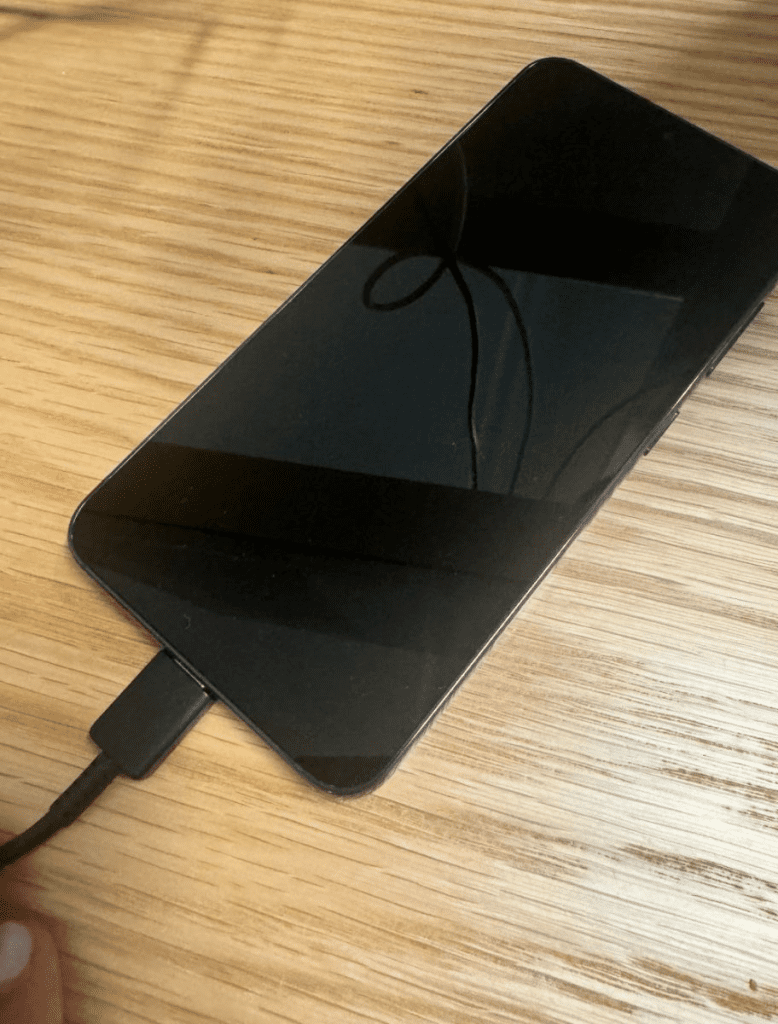In today’s world, convenience is king. With our increasingly busy lives, it’s all too easy to leave phone chargers plugged into the socket, ready for the next charging session. However, this seemingly harmless habit comes with risks that many people overlook. After a chat with my electrician, I realized just how dangerous it could be to leave chargers plugged in without a phone attached. Here’s everything you need to know about why unplugging your charger is the best choice.
1. Fire Hazard: Small Device, Big Risk

One of the most serious risks of leaving a charger plugged in, even without a phone attached, is that it can become a potential fire hazard. Many chargers still draw a small amount of electricity even when they aren’t actively charging a device. This constant flow of electricity can lead to overheating, which, if unchecked, could result in a fire.
Cheap, unbranded chargers are particularly risky because they often lack proper safety features to prevent overheating. My electrician shared a story about a family whose home suffered significant damage due to a fire that started from a faulty charger left plugged in. While it might seem extreme, these cases are more common than you’d think.
How Fires Happen
- Overheating: When a charger is left plugged in, it can generate heat. In poorly ventilated spaces, this heat can build up and lead to dangerous situations, such as melting or burning components.
- Short Circuits: Damaged chargers or frayed cables increase the risk of short circuits, which can create sparks and ignite nearby materials.
To minimize these risks, always unplug chargers when they’re not in use, and invest in high-quality, certified chargers that meet safety standards.
2. Energy Waste: It All Adds Up!
Leaving chargers plugged in without a device attached might seem harmless, but it actually contributes to unnecessary energy waste. Even though the amount of electricity drawn is small, this “phantom load” or “vampire power” adds up over time. If you think about all the devices in your home that are left plugged in when not in use, you’ll realize how much energy (and money) you’re potentially wasting.
The Environmental Impact
The impact of this energy waste goes beyond just your home. According to energy experts, phantom load from chargers and other electronics can make up to 5-10% of household electricity use. This may not seem like much at first, but on a global scale, it’s a significant environmental burden. By simply unplugging chargers and other electronics when not in use, you can help reduce your carbon footprint and contribute to a more sustainable world.
3. Prolonging the Life of Your Charger
Leaving a charger constantly plugged in can shorten its lifespan. When connected to an outlet, chargers continue to draw small amounts of electricity, even if they’re not actively charging a device. This causes the components to wear out faster than they would if the charger were only plugged in when needed.
Over time, the internal circuitry of the charger can degrade due to constant exposure to electricity, causing it to fail prematurely. You may notice signs of wear, such as a charger that feels warm or even hot to the touch, or frayed cables at the connection points. By unplugging your charger when it’s not in use, you can extend its life and avoid the hassle of frequent replacements.
Signs Your Charger Needs Attention
- Excessive Heat: If your charger is hot to the touch, even when not in use, it’s a sign that it’s overheating. This can degrade its internal components and lead to failure.
- Frayed Cables: If the cable is starting to fray, it can expose internal wiring, which is a safety hazard. Chargers with damaged cables should be replaced immediately.
4. Protecting Your Electronics from Power Surges

Another compelling reason to unplug your charger when it’s not in use is to protect your devices from power surges. Power surges can occur during storms or due to issues with your electrical system. If a charger is left plugged in during a surge, it could be damaged and, in turn, damage your phone or tablet the next time you use it.
Surges can overload the sensitive electronics inside chargers, resulting in them delivering an unstable current to your devices. This can harm your phone’s battery, reduce its charging capacity, and even lead to total device failure.
The Importance of Surge Protection
While some chargers have built-in surge protection, it’s not a foolproof solution. Using a power strip with surge protection can provide additional safety, but the best approach is still to unplug the charger altogether. Taking a few seconds to unplug your charger is an easy way to protect your devices and save yourself from costly repairs or replacements.
5. Developing Good Habits for a Safer Home
The habit of unplugging chargers may seem trivial, but it can have a positive impact on both your safety and your wallet. When my electrician warned me about these risks, I initially thought he was being overly cautious. But the more I learned about the potential dangers, the more I realized how simple it is to adopt safer practices.
Tips for Building the Habit

- Set a Reminder: If you tend to forget, set a daily reminder on your phone to check that all chargers are unplugged when not in use.
- Use a Power Strip: A power strip with individual switches allows you to easily turn off multiple chargers at once without unplugging each one.
- Create a Charging Station: Designate a specific area for charging devices, and make it a rule to only plug in chargers when actively in use. This way, you’re less likely to forget about a charger left plugged in elsewhere.
Conclusion: Small Steps, Big Impact
Leaving a charger plugged in without a device attached might seem like a small detail in your daily routine, but it carries surprising risks and drawbacks. From the potential for fire hazards and energy waste to the shortened lifespan of chargers and protection of your electronics, there are plenty of reasons to unplug when not in use.
By taking a few simple steps to unplug chargers, you can reduce your energy consumption, extend the life of your electronics, and make your home a safer place. The next time you finish charging your phone, take a second to unplug the charger. It’s a small action, but one that adds up over time, both in terms of safety and savings. Make it a habit today and enjoy the peace of mind that comes with a safer, more efficient home.


